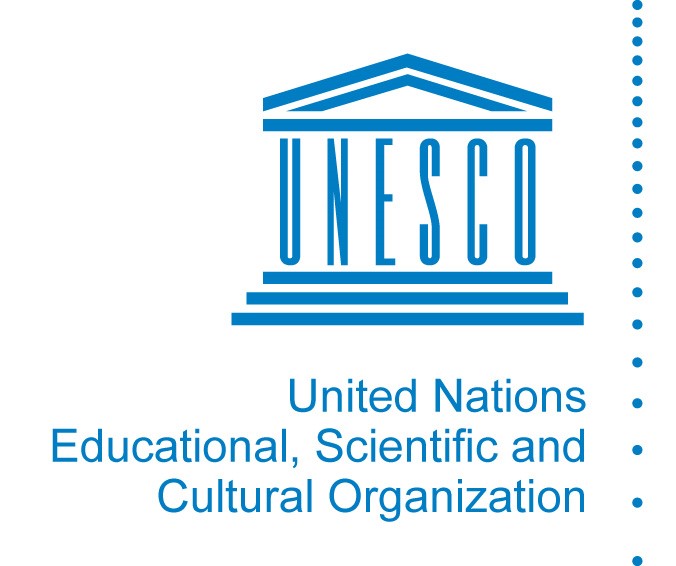Preventing violence against women and girls requires a coordinated approach across different segments of society. It involves multiple strategies that mutually reinforce each other reaching individuals where they live, work, learn and play, as well as, broader communities and society at large. The evidence-base shows that there are a range of individual, community and societal characteristics and conditions that can either create greater or lower risks for violence committed against girls and women. Among these are gender-discriminatory laws and policies, inequal power relations between men and women and social norms, behaviours and attitudes that contribute to discrimination and inequality. The UN Prevention Framework to Underpin Action to Prevent Violence against Women brings together this evidence-base and articulates a comprehensive approach to prevent violence, requiring the development of interventions that address cultures, structures and practices across organizations; interventions that reach a wide range of people and organizations at the local, regional and national level. The framework recommends the use of a variety of entry points for social norms change, including the use of media and popular culture (UN Women, 2015).
Media is an important reflection of and driver of prevailing norms and to some extent values in any given society. Its influential role and broad reach make it a critical entry point for purposefully promoting ideas of equality, non-discrimination and non-violence. Undoing harmful norms that underpin violence and promoting pro-social or positive norms, requires addressing ‘everyday’ attitudes, beliefs, practices and behaviours that reinforce traditional gender stereotypes and roles which discriminate against girls and women. It requires challenging notions of masculinity and femininity, power dynamics between men and women, boys and girls and hierarchies of privilege based on gender identity, race/ethnicity, religion or any other characteristic. It also entails framing of the issue as a social phenomenon. In other words, individual incidents of violence cannot be treated in the media as independent and isolated instances but must be positioned within a broader understanding/explanation of the factors that allow abuse against girls and women on such a large scale. This work is about ‘flipping the script’ to uphold narratives of equality, women’s rights, non-discrimination and zero tolerance for abuse of any kind.
